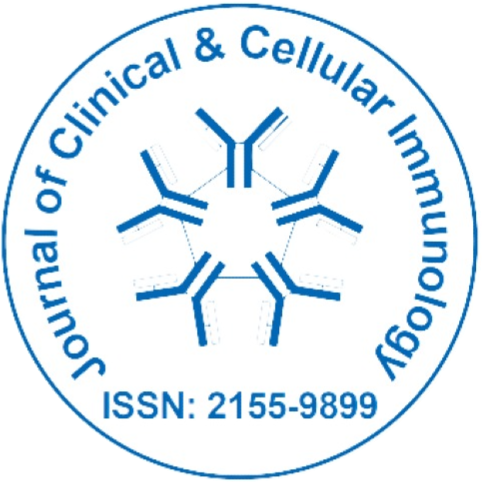
Journal of Clinical and Cellular Immunology
Open Access
ISSN: 2155-9899

ISSN: 2155-9899
Jeak Ling Ding
Accepted Abstracts: J Clin Cell Immunol
The accepted paradigm about innate immune response is a multi-stepped process - from recognition of the invading microbe by pathogen-recognition receptors (PRRs) to signal transduction, to the production of antimicrobial effectors by the immune cells. Contrary to this belief, we found that a PRR can act singly via a direct shortcut process bypassing multiple cascades of reactions. The extracellular respiratory protein acts a solitary frontline defense PRR, eliciting powerful antimicrobial potencies. This innate immune response phenomenon is evolutionarily entrenched. The limulus hemocyanin and the human cell-free hemoglobin take a exploite the intruding microbe?s proteases and PAMPs to produce toxic reactive oxygen species (ROS) that effectively kills the pathogen. However, the cytotoxic free radicals generated are self-damaging to the host. We found that the Hb molecule rapidly reprograms its structure- function to expose multiple dual antimicrobial potencies and the host?s plasma proteins and enzymes simultaneously suppress further Hb-induced redox activity, thus protecting the host from ROS-induced cytotoxicity.
Jeak Ling Ding completed her PhD at the University of London, UK. She is a Professor at the National University of Singapore, Dy. Executive Director of the NUS Graduate School for Integrative Sciences and Engineering. She has published >300 journal and conference papers; 19 patents, and has served/serves as editorial board member of Immunobiology and American Journal of Clinical and Experimental Immunology.